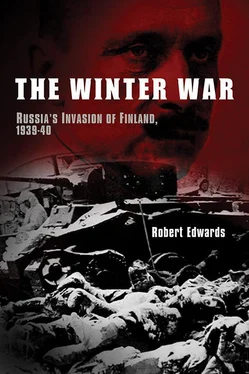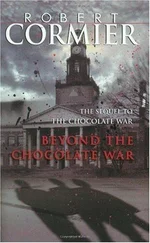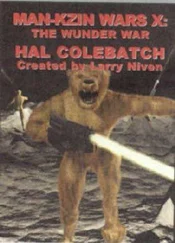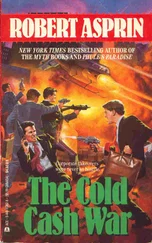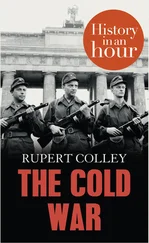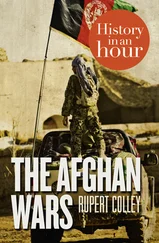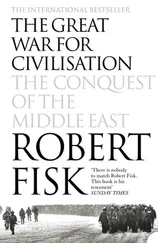Reuters bulletin, 3 December 1939.
The Goebbels Diaries (ed. F. Taylor), 1 December 1939, p. 58.
Ibid., 6 December 1939, p. 61.
Ciano’s Diary, (ed. M. Muggeridge) 2 December 1939, p. 179. The issue of ‘discipline’ would be fixed very shortly.
Ibid., 4 December 1939. Curiously, the Italian police were absent!
The first instalment of thirty-five Fiat fighter aircraft and spares, crated in rail cars and shipped to Sweden.
In his Memoirs, Mannerheim refutes this entry of Ciano’s with some vigour.
Some 10 per cent of the putative value of machine-tool sales to the USSR from Germany under the pact.
Documents on German Foreign Policy, Series D, Vol. VIII, no. 446.
Ibid., no. 447. German deliveries were made at the expense of standing orders from elsewhere, particularly Holland, which were unilaterally cancelled or ‘slowed down’.
The Swedish military attaché in London and Göring’s ex-brother-in-law.
Tanner, The Winter War, p. 160.
Hungarian (Magyar) is a distant linguistic relative of Finnish and Estonian.
The bulk of it was ammunition, but it included forty AA guns. The shipments were delivered via Germany to Norway.
Memoirs, p. 359.
Technically, it was not war debt, but rather a scrupulous assumption of the standing obligations of the autonomous Grand Duchy (which had clearly been rather profligate) at independence.
Cited in Keith Feiling, The Life of Neville Chamberlain, p. 426.
One is unavoidably reminded of the encounter between two diplomatists, one German, one Belgian, at the Versailles conference: ‘I wonder what history will say about this?’ speculated the German. The Belgian replied coldly: ‘I cannot say, but one thing will be clear—no one will ever say that Belgium invaded Germany.’ The Daily Worker headline appeared in the US edition of 1 December.
Walter Citrine, Philip Noel-Baker et al.
And worse still, were using explosive bullets with which to do it.
Andre Géraud, (Pertinax), Les Fossoyeurs, Vol. I, p. 176.
A community represented by his personal bite noire, Leon Blum, late of the Popular Front.
cf. UN Security Council and General Assembly.
See The Finnish Blue-White Book, p. 87.
Litvinov had not, of course, been talking about Spain on that occasion—rather he had been preparing the ground for activity’ in the Ukraine where it was suspected, probably correctly, a Nationalist movement headed by Hetman Skoropadsky was receiving German support.
Germany would need at least 10 million tons of iron ore per annum, not the least reason being her commitments to the Soviet Union.
Weizsäcker had observed to Blücher, in a private note of 2 December, that ‘disaster had descended upon your host country’.
Documents on German Foreign Policy, op. cit., no. 426.
Ibid., no. 429.
Text from Hull, Memoirs, vol. I, p. 706.
Telegram from Steinhardt (Moscow) 1 December, 1939.
The loan was finally agreed for $10 million, but with the proviso that it could not be used to buy arms—Procopé cleverly bought food with it from America and sold the food to Britain in exchange for armaments. Thus, the $10 million never left the country, all credit risk was avoided and Finland was forced to rely on weapons supplies from a country already at war and for whom supplies were short.
Langer & Gleason, The Challenge to Isolation, p. 337. Much of this went straight to Germany, of course.
Churchill Archive.
See Gilbert, finest Hour, p. 102.
Ibid., p. 103.
Temps, 9 December.
War Cabinet, 22 December 1939.
Gripenberg, Memoirs, p. 106.
Ibid., p. 107. In fact, Halifax had been urging a constructive response from the Swedes and Norwegians since 7 December.
Dokumenty vneshnei politiki S.S.S.R.. (Moscow, 1958), tr. and cited by M. J. Carley, 1939.
The Soviet ambassador would pay fulsome tribute in his memoirs to Butler (a matter not necessarily found to be a particular boost to Butler’s later political reputation, as it turned out).
The Leads are stretches of water between the Norwegian coast and the chain of offshore islands.
Mussolini is referring here to the Finns’ subscribing to League Sanctions under Article 16 as a result of the Abyssinian crisis of 1935. He is erroneous in his assumption re: the general population.
Documents on German Foreign Policy, op. cit., no. 504.
Quite by coincidence, Mannerheim himself had served with the Tsar’s Ninth Army in Transylvania in 1916—needless to say, this was an entirely different organization—the Red Army shared few designations with its Imperial predecessor.
One is unavoidably reminded of a similar situation sixty years previously, that of Lord Chelmsford in Natal, before Isandlwana.
Siilasvuo, like the majority of Mannerheim’s officers of field rank and above, was a veteran of the First World War lager battalion.
JR— Jalkaväki Rykmentti.
Nor even uniforms; like much of the Finnish Army, they were dressed in the Cajander Model 1939 uniform—mufti, in fact.
More correctly, they fortified their position with felled trees; permafrost prevented the digging of anything but the most superficial trenches.
Major Nikolayev, a politruk attached to the 44th.
Akhmedov, In and out of Stalin’s G.R.U., p. 111.
This technique was simplicity itself: a path was scraped clear and then simply flooded. The resulting smooth surface was perfect for skiing soldiers to make rapid progress, towing their supplies with them on puulka sleds.
The timetable instructed the division to reach Oulu on 17 December.
It is even possible that these soldiers were lost; after the war, Russian commanders complained that their compasses did not work, a matter attributed to the presence of ‘magnetic ores in the lakes’, perhaps the most novel excuse for utter failure ever offered. See Chubaryan &. Shukman, Stalin and the Soviet-Finnish War, p. 91.
Читать дальше
